[Text by Neal Morris. This is a Professional Feature edited by the RIBA Practice team. Article first published on 8 April 2021 HERE]
Architects who find that their careers are “stuck” have probably not been paying attention to their professional relationships. This is the informed opinion of executive coach and former CAD/BIM consultant Karen Fugle.
“As an architect, you think a lot about design but nowhere near enough about your relationships with the people you work with,” Fugle suggests. “This is vital to career advancement.”
At the RIBA's recent Future Leaders: Learning to Lead event, she urged architects to take a fresh look at their existing relationships with those they work with at all levels. She asked the audience to assess what kind of help their peers, superiors and support network actually bring to their career, and what new relationships they need to foster.
“If you ever find yourself thinking that you do not get the recognition you deserve at work, or that you are not listened to, then you need to take a thorough look at your professional relationships,” she counsels.
This is not an abstract piece of general advice but an activity we should all carry out. We can identify and analyse the healthiness of our existing work relationships on paper or on-screen. She suggests listing categories such as:
· Sponsor/mentor
· Supporter
· Neutral/on the fence
· Antagonist/negative
· Foil/nemesis
· Key people who should be aware of you
Needless to say, this particular activity is one you would want to keep strictly to yourself. While categorising somebody you work with as your ‘nemesis’ might strike you as dramatic, or potentially fostering negativity, this exercise is about finding ways to transform that relationship into a positive one. The best situation is one in which everybody is as close to the ‘sponsor/mentor’ category as possible.
It is only once we have scrupulously faced up to any less than ideal relationships that we can work towards changing them. How frequent are your communications and what are they like? Are there small ways in which you can offer to help that person? Fugle suggests that assessing what they need to be successful – placing yourself in their position – can often reveal a way to turn them into an ally.
She urges us to think conduct this kind of self-questioning of our working relationships on a regular basis, and make it part of weekly routine. The term she prefers to use to describe the people you have professional relationships with (whether within your practice or externally) is ‘powerbase’.
The word is a reminder that your peers and colleagues do have a direct and constant impact on where your career is going: they help you, whether consciously or by default. A healthy powerbase can back you up, argue your case, provide recognition, reward you for your successes and provide support in times of stress and downturn.
You might even, Fugle suggests, wish to make notes directly onto an organisational chart of where you work to better assess your professional relationships.
Assessing your direct and indirect professional relationships can bring a new clarity to your career goals and day to day efficiency.
Fugle advocates a four-step course of action to develop your powerbase and suggests several questions to ask yourself for each one:
1. Identify your career needs
What is the quality of your working relationships? What do you want from them? What is the quality and frequency of your communications with people in your network? How do you acknowledge them?
2. Assess the people in your network
What are their talents and strengths? Most importantly, what value do they bring you?
3. Improving relationships
What can you say or do that will strengthen a relationship? How would this relationship ideally work? Do your working relationships with other people have an impact upon this one?
4. Draw up an action plan
Set goals for relationships and give yourself a to-do list. This could include three actions to strengthen a particular relationship. You could alternatively think of a behaviour of yours that needs to change; or a new behaviour you need to adopt. If the tone or frequency of communication is problematic, think about ways of staying in touch, ways to make conversations more positive, and rethink how often they should occur.
For anyone that is particularly stretched for time, one simple daily exercise is to think about one relationship and do one thing to improve it.
Your powerbase is by no means only your internal colleagues. It is important to consider your wider environment too. Assessing your broader existing network, and imagining who a useful future network might include, will raise questions about what networking assets you currently have, how they match what you need, and what areas you need to work on.
“You need to think about building your network now,” Fugle suggests. “Social media ‘likes’ are all well and good, but try to establish more profound relationships, with meaningful conversations that actually lead to something.”
Another productive exercise that Fugle recommends is to visualise a significant turning point in your future career. Think of a successful career outcome and imagine yourself, in the future, having achieved it. In this scenario, who you are talking to who has helped this occur?
This visualisation exercise helps you consider who you should be building a relationship with to make your ambitions a reality. What steps would you need to take to make such an outcome possible? What might the chain of events be? For this hypothetical exercise, she urges us to be bold and be theatrical: we have nothing to lose.
Thinking this way raises implications for our current attitudes and behaviours, and how we present ourselves. Is the way we are now compatible with the way we would need to be perceived to reach our goal?
Fugle’s challenge is not just a way of clarifying an ambition and a career path, but a way of instilling some valuable, energising self-belief.


